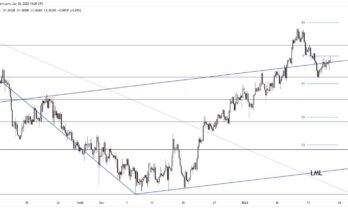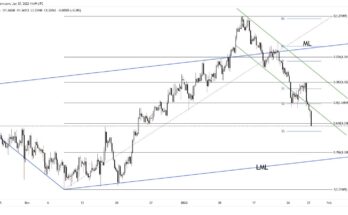This could be a more volatile NFP for various reasons. Will the dollar continue falling or will it bounce back like it did in reaction to the previous jobs report?
Here are five reasons why this report could trigger a higher level of volatility, followed by expectations and scenarios for a reaction.
5 reasons for a volatile NFP
- No PMI hints: The first Friday of the month is also the first day of the month, and this means there are fewer hints that precede this particular jobs report. We do have the ADP report, but the manufacturing and more importantly non-manufacturing PMIs are released only afterward. This implies an elevated level of uncertainty.
- Long US weekend: The jobs report is published on Friday and Americans are off on Monday, Labor Day. Some traders are still on summer vacation while others are off for a long weekend. Lower trading volume and liquidity add on to higher uncertainty.
- Stretched dollar: The US dollar is on the back foot, and for a long time. It is losing ground across the board: from commodity currencies to the safe haven yen and even the beaten pound are all gaining ground against the greenback. Yet the biggest winner is the common currency. While there are various good reasons to buy EUR/USD (politics, economic growth, and direction of the central bank), many ask: is the pair overbought?
- Stable jobs and wages: The US is gaining some 200K jobs every month and wages are rising at an amazingly stable level of 2.5% y/y. This stability means that any deviation from these numbers could trigger a strong reaction.
- Nervous markets: The implied volatility is rising and for good reasons. In the US, the damage from Hurricane Harvey (now thankfully “only†a storm) is huge and the story is still going on. The escalation in Asia with North Korea’s firing of a missile over Japan adds to the tension. And in the US, everybody knows that after a few quiet weeks, politics are set to flare up with the debt ceiling, government shutdown, and gridlocked politics to deal with it, as Congress returns to business.
Given all these reasons, the reaction to the report could be wild, especially in EUR/USD.
Expectations and reactions
So what can we expect? Expectations stand at a gain of 180K jobs after 209K jobs in July. The unemployment rate is expected to remain at 4.3%. Wages carry expectations for an increase of 0.2% m/m and 2.5% y/y.
While wages took center stage for many months, they are now balanced with the headline gain in jobs.
For jobs:
- 150K to 210K would be within expectations
- Above 210K would be a beat, dollar positive
- Under 150K would be a miss, dollar negative.
For wages:
- 2.4% to 2.6% y/y would be within expectations – the range is tight
- 2.7% or above would be a beat, dollar positive.
- 2.3% or below would be a miss, dollar negative.
What will happen if one figure misses and the other beats? The headline figure tends to dominate initially, driving the initial reaction. Wages catch up after 30 to 60 seconds. Given all the reasons for volatility, this reaction could be different.
More: Don’t have pity for stubborn US dollar bulls



